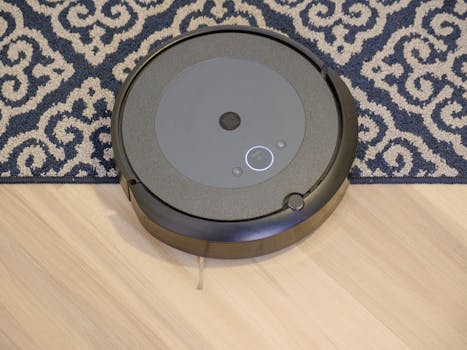
Smart Homes and Smart Living: The Technological Transformation of European Homes by 2025
Smart Homes and Smart Living are revolutionizing the way we live, work, and interact with our living spaces. As we approach 2025, European homes are poised to become even more integrated with technology, offering a seamless and efficient living experience.
Introduction to Smart Homes and Smart Living
Smart homes and smart living refer to the integration of technology and automation in residential spaces to enhance the quality of life, comfort, and convenience. This includes a wide range of applications, from home automation and energy management to healthcare and entertainment.
The Current State of Smart Homes in Europe
Today, many European homes are already equipped with basic smart devices, such as thermostats, lighting systems, and security cameras. However, the true potential of smart homes and smart living is yet to be realized. As technology advances and becomes more affordable, we can expect to see widespread adoption of more sophisticated smart home systems.
Key Trends and Drivers of Smart Homes and Smart Living
Several key trends and drivers are shaping the smart home and smart living landscape in Europe. These include:
- Increasing demand for energy efficiency and sustainability
- Advances in artificial intelligence and machine learning
- Growing adoption of the Internet of Things (IoT)
- Expanding availability of high-speed internet and connectivity
- Changing lifestyles and demographics, such as aging populations and urbanization
The Future of Smart Homes and Smart Living in Europe by 2025
By 2025, European homes are expected to become even more integrated with technology, offering a wide range of benefits and opportunities. Some of the key developments that we can expect to see include:
- Widespread adoption of voice-controlled assistants and smart speakers
- Increased use of biometrics and facial recognition for security and authentication
- Expansion of smart home automation to include more devices and systems
- Growing focus on energy efficiency and sustainability, including the use of renewable energy sources
- More emphasis on healthcare and wellness, including the use of telemedicine and remote monitoring
Conclusion
Smart homes and smart living are transforming the European home, offering unprecedented convenience, efficiency, and sustainability. As we approach 2025, we can expect to see even more innovative applications of technology in residential spaces, enhancing the quality of life and shaping the future of living.






